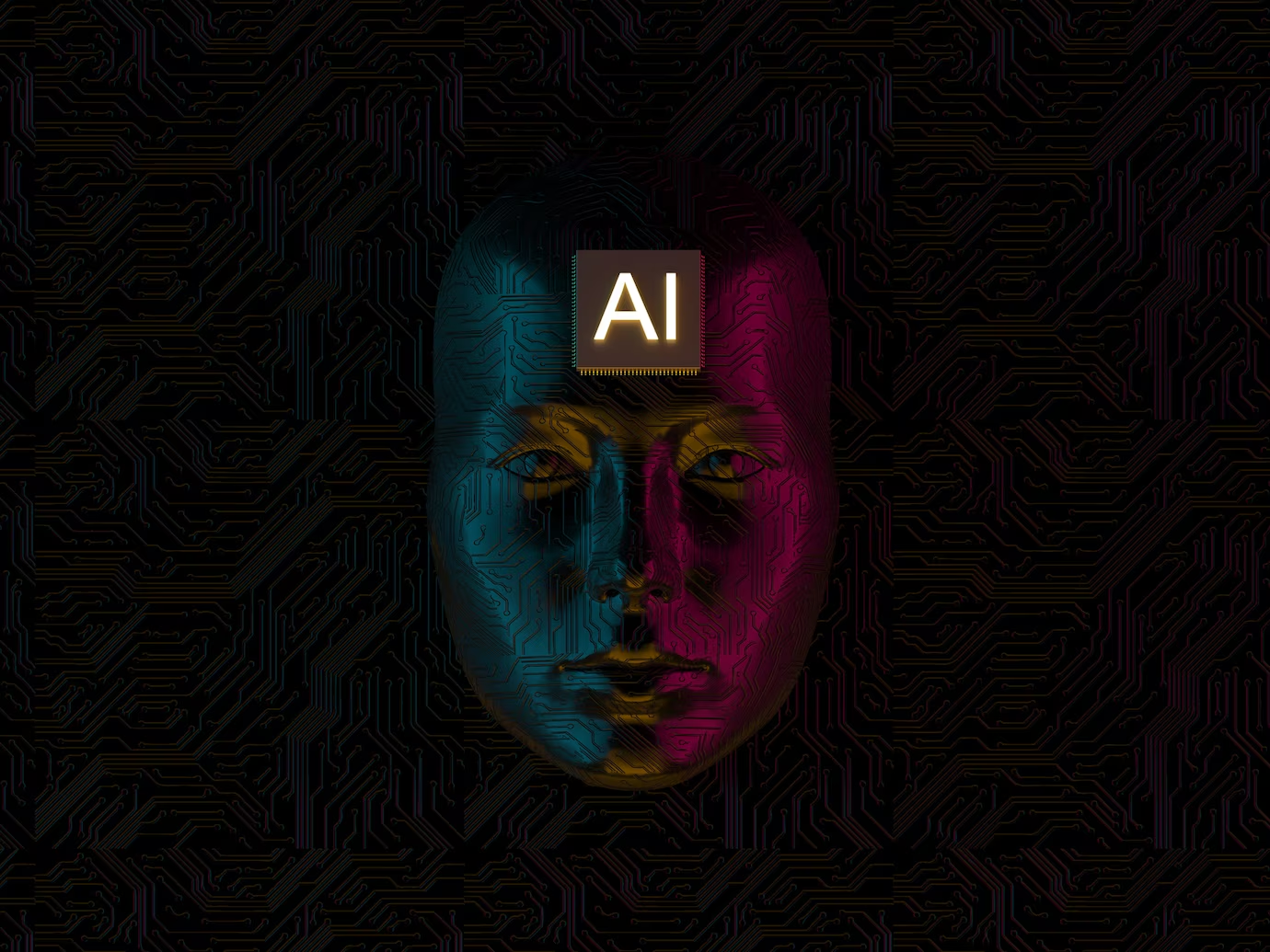Introduction
Artificial Intelligence (AI) and Machine Learning (ML) are no longer emerging technologies, they're central to digital transformation across industries. From predictive analytics in healthcare to real-time personalization in e-commerce, AI/ML applications are growing rapidly. However, realizing the long-term impact of these technologies goes far beyond deploying isolated tools.
Understanding how AI and ML will shape the next decade means evaluating both their technical evolution and business integration. Organizations must consider strategic implementation, scalable architecture, and responsible AI development to unlock real value.
This blog explores key areas where AI/ML will drive change over the next 10 years, supported by current use cases and trends that suggest what the future holds.

1. AI Will Become Embedded in Everyday Tools
We are moving toward an era where AI is not an add-on—it is the foundation. Productivity software, search engines, operating systems, even email clients will be AI-native by default.
Example:
Microsoft's Copilot for Office apps and Google’s Gemini-powered Workspace tools are early glimpses. Over the next decade, AI capabilities such as automatic summarization, smart recommendations, and predictive typing will become seamless features in most digital tools.
Businesses should start preparing their infrastructure now to support AI-native ecosystems, including integration layers and scalable APIs.
2. Hyper-Personalization Will Redefine Customer Experience
AI’s ability to collect, analyze, and learn from user data in real time enables hyper-personalized experiences that go far beyond basic segmentation.
Example:
Streaming platforms like Netflix and Spotify already use ML algorithms to personalize content. In the coming years, this will be extended to retail, education, and even finance, allowing companies to create dynamic, context-aware user journeys.
AI/ML can help businesses increase customer retention, reduce churn, and drive ROI through predictive modeling and adaptive UX/UI design.
3. AI in Healthcare Will Move from Diagnosis to Prevention
While current AI tools focus largely on diagnostics—such as identifying tumors in medical images—the future will shift toward proactive and preventative healthcare.
Example:
Wearable devices powered by ML algorithms can already detect irregular heart rhythms. Over the next decade, predictive health models will help forecast diseases before symptoms emerge, based on genetics, lifestyle, and behavioral data.
Healthcare providers must begin investing in secure AI systems and ethical data practices to handle sensitive personal information at scale.
4. AI Will Revolutionize Education and Learning Models
Education will become more learner-centric with AI tutors, adaptive learning platforms, and real-time performance feedback.
Example:
Tools like Khanmigo (by Khan Academy) offer personalized tutoring using GPT-powered AI. As this tech evolves, students may interact with AI mentors that tailor their learning path in real time—adjusting for attention span, learning pace, and comprehension gaps.
Schools and EdTech companies should explore AI-based adaptive assessments and curriculum design to stay ahead.
5. The Rise of Autonomous and Semi-Autonomous Operations
AI-powered automation will evolve from task automation to full decision automation in specific domains.
Example:
In manufacturing, AI-enabled robots already handle quality control and inventory optimization. In logistics, Amazon and FedEx use AI to optimize delivery routes and predict supply chain issues.
In the next 10 years, expect to see fully autonomous operations—like factories that self-optimize without human oversight or self-healing software infrastructures.
Companies should start experimenting with AI-driven digital twins and control systems to gradually move toward autonomous decision-making.
6. AI Will Drive Sustainability and Climate Innovation
AI will play a critical role in addressing environmental challenges, from optimizing energy grids to monitoring deforestation.
Example:
Google’s DeepMind reduced energy use in data centers by 40% using AI algorithms. Governments and businesses will increasingly use AI to analyze satellite imagery, detect environmental changes, and model climate risks.
Sustainability leaders must look beyond dashboards and adopt predictive models for climate adaptation, resource allocation, and emissions forecasting.
7. Financial Services Will Become Algorithmically Driven
ML will continue to reshape finance, not just through fraud detection and algorithmic trading, but also in risk assessment, credit scoring, and robo-advisors.
Example:
Companies like Upstart use AI to assess creditworthiness beyond FICO scores. In the next decade, AI will underpin insurance underwriting, portfolio management, and compliance auditing.
Financial institutions must build explainable AI systems to satisfy regulatory scrutiny and preserve consumer trust.
8. AI Will Be the Backbone of Cybersecurity
With increasing digital complexity comes increasing risk. Traditional rule-based cybersecurity systems are no longer sufficient.
Example:
AI-based cybersecurity tools like Darktrace detect anomalies in real-time, flagging unusual patterns in networks before damage occurs. In the coming decade, AI will enable self-healing security systems that learn from each breach and adapt defenses automatically.
IT departments should invest in AI threat detection, behavior-based access control, and anomaly detection to future-proof their security posture.
9. Natural Language Interfaces Will Redefine Human-Computer Interaction
The keyboard and mouse may soon feel outdated. Natural language interfaces—via voice and chat—are rapidly becoming the default.
Example:
ChatGPT, Alexa, and Siri are stepping stones. In the future, expect fully conversational interfaces integrated into operating systems, SaaS tools, and customer support platforms.
Enterprises must rethink UX design by incorporating conversational layers that allow users to “talk” to systems naturally and productively.
10. Responsible AI Will Be a Mandatory Standard
With increasing reliance on AI comes responsibility. Ethical AI will move from a talking point to a regulatory requirement.
Example:
The EU’s AI Act and proposed U.S. AI regulations are early indicators. Over the next decade, businesses will need to demonstrate fairness, accountability, and transparency in AI systems.
Organizations should begin building ethical review boards and adopting frameworks like “human-in-the-loop” decision-making and bias auditing.
Final Thoughts:
AI and ML are not merely trends—they are transformational forces that will shape the next decade of business, innovation, and society. The question is not if, but how prepared organizations are to leverage these technologies wisely.
Companies must go beyond pilot projects and start laying the groundwork for scalable, ethical, and integrated AI ecosystems. Early adopters will reap exponential benefits, while laggards risk obsolescence.
It’s time to invest in AI literacy, infrastructure, and governance to unlock sustainable and future-proof growth.